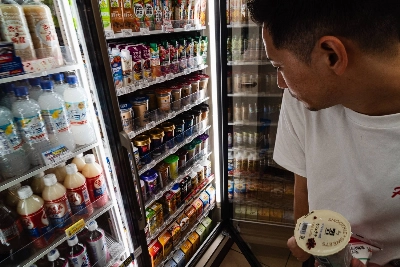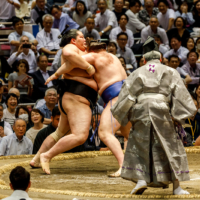When U.S. President Donald Trump finally unleashed his long-threatened tariff blitz, the scale and scope were far worse than most governments expected.
It came as no surprise that China would be the hardest hit, but the punishing duties imposed on most Asian countries were a profound shock. Fortunately, with financial markets reeling, Trump announced a 90-day pause on most of these “reciprocal” tariffs just hours after they took effect. Asian governments benefiting from this reprieve must now use the time they have gained to forge a more unified response and take bold initiatives that give them more leverage with the United States.
Consider that the tariff rate initially imposed on my country, Sri Lanka, which is only a few years removed from a political and economic crisis that forced our president to flee and pushed the economy to the brink of collapse, was a whopping 44%. Given that the U.S. is Sri Lanka’s largest export market by far, Trump’s “Liberation Day” tariffs would deliver a massive blow to the country’s recovery when (I hesitate to say “if”) they are imposed.
















With your current subscription plan you can comment on stories. However, before writing your first comment, please create a display name in the Profile section of your subscriber account page.